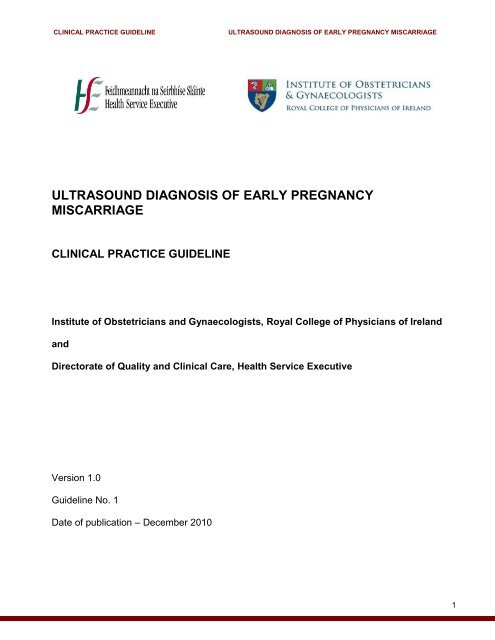Nice Tips About How To Diagnose Miscarriage
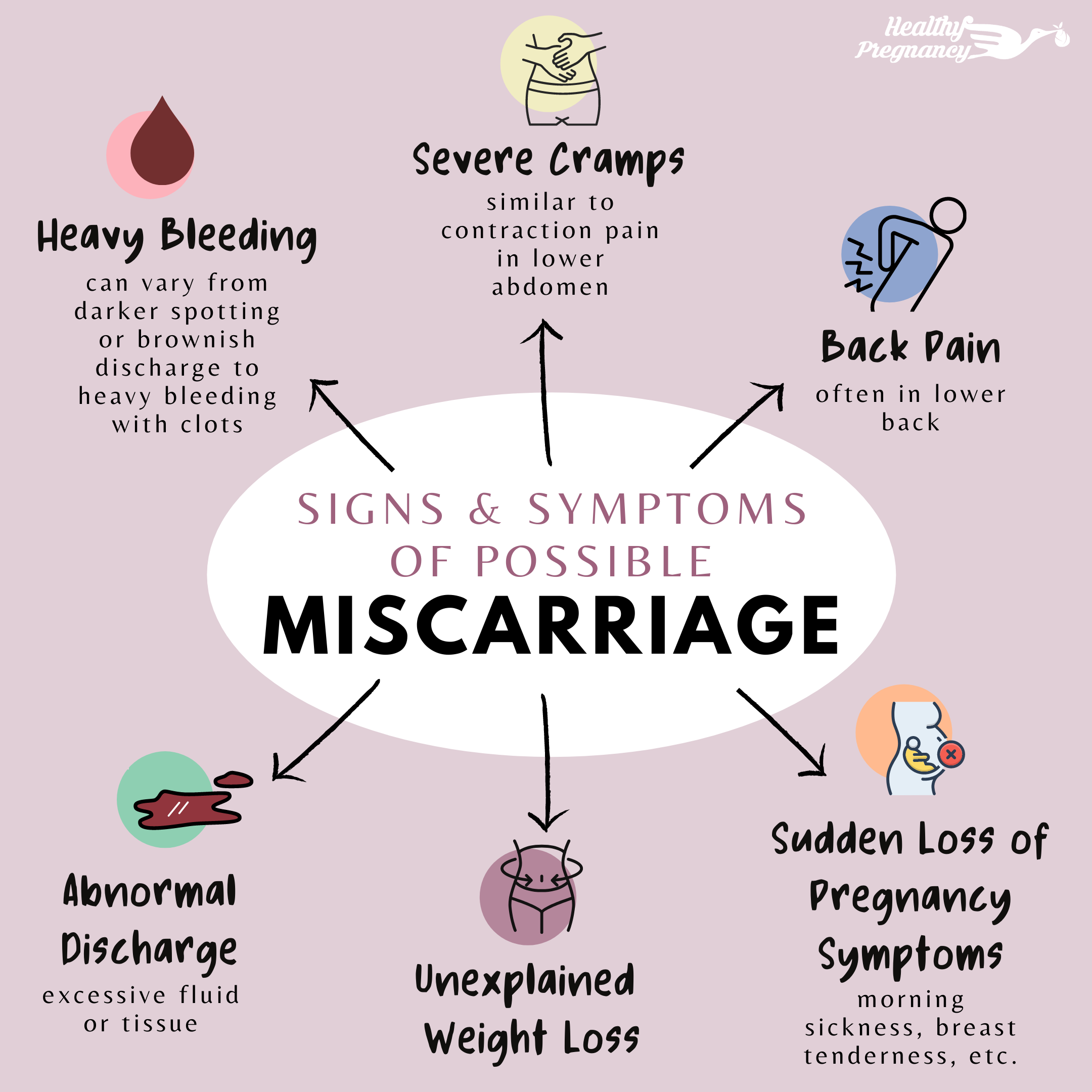
A missed miscarriage is typically diagnosed when a routine ultrasound or early pregnancy scan shows no fetal heartbeat or an embryo that appears too small for the progression of the.
How to diagnose miscarriage. If vaginal bleeding fills more than one super sanitary pad an hour for 2 hours, call your doctor. A single scan is diagnostic for. Your doctor, midwife or nurse will do a pelvic examination to.
A completed miscarriage can be confirmed by an ultrasound or by having a surgical curettage ( d&c) performed. If you’re having painful cramps. Diagnosing miscarriage, miscarriage is usually diagnosed or confirmed on an ultrasound scan or scans.
This may look like coffee grounds. Blood tests to check your pregnancy hormone levels and blood iron level, blood type and more. An internal evaluation to see if your cervix has dilated.
The signs of miscarriage can either be very clear (cramping and heavy bleeding) or totally nonexistent—here's what you need to know about early signs of pregnancy loss. If the gestational sac does not grow, it is assumed that a miscarriage has occurred. Until relatively recently the american college of radiology guidance to define miscarriage used a mean gestational sac diameter of ≥16 mm for an empty gestational sac or.
If miscarriage is suspected or has occurred, an ultrasound and pelvic exam are usually performed. Signs and symptoms of a miscarriage might include: Usually there are signs and symptoms.
Women can experience a miscarriage without knowing. The person doing the scan needs to be absolutely certain that the baby (or fetus or. Sometimes, there are no miscarriage symptoms and you don’t find out until an ultrasound, or you don’t feel pregnant anymore.
/how-doctors-diagnose-miscarriage-2371375_FINAL-f10460d48c30443cbc1396d67c49a277.png)
/how-to-determine-whether-you-are-having-a-miscarriage-2371261_FINAL-a6bebec7b81342209a8e06de20c145ed.png)
/how-doctors-diagnose-miscarriage-2371375_FINAL-f10460d48c30443cbc1396d67c49a277.png)
/Untitled_Artwork-6f442377a59e48b9b30cc19f5cd7694b.png)
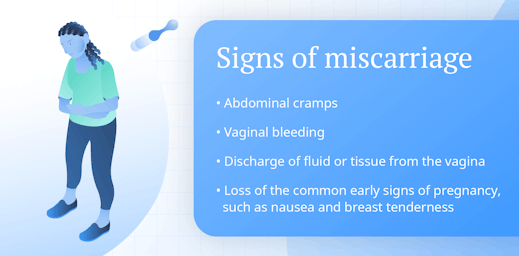

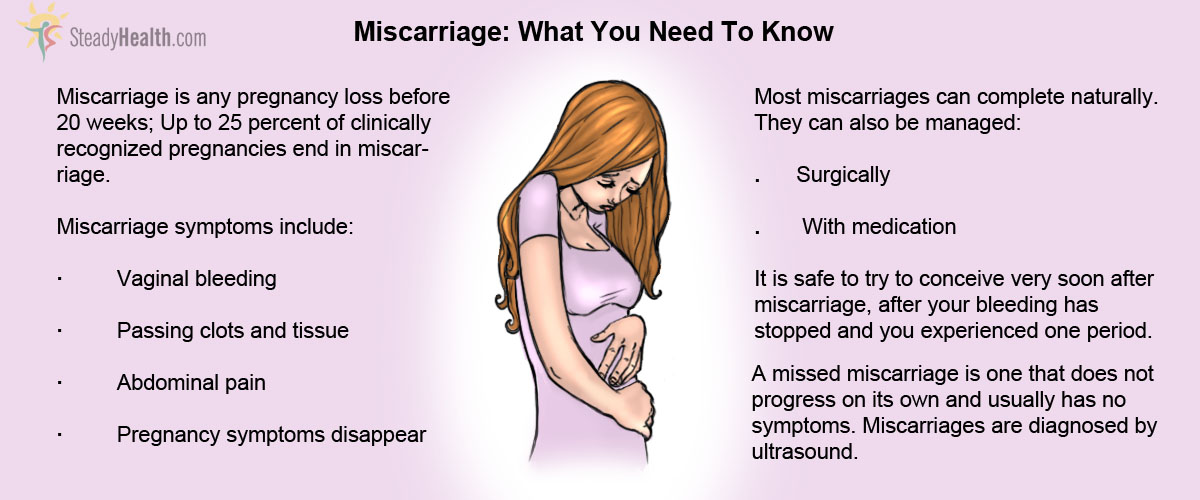


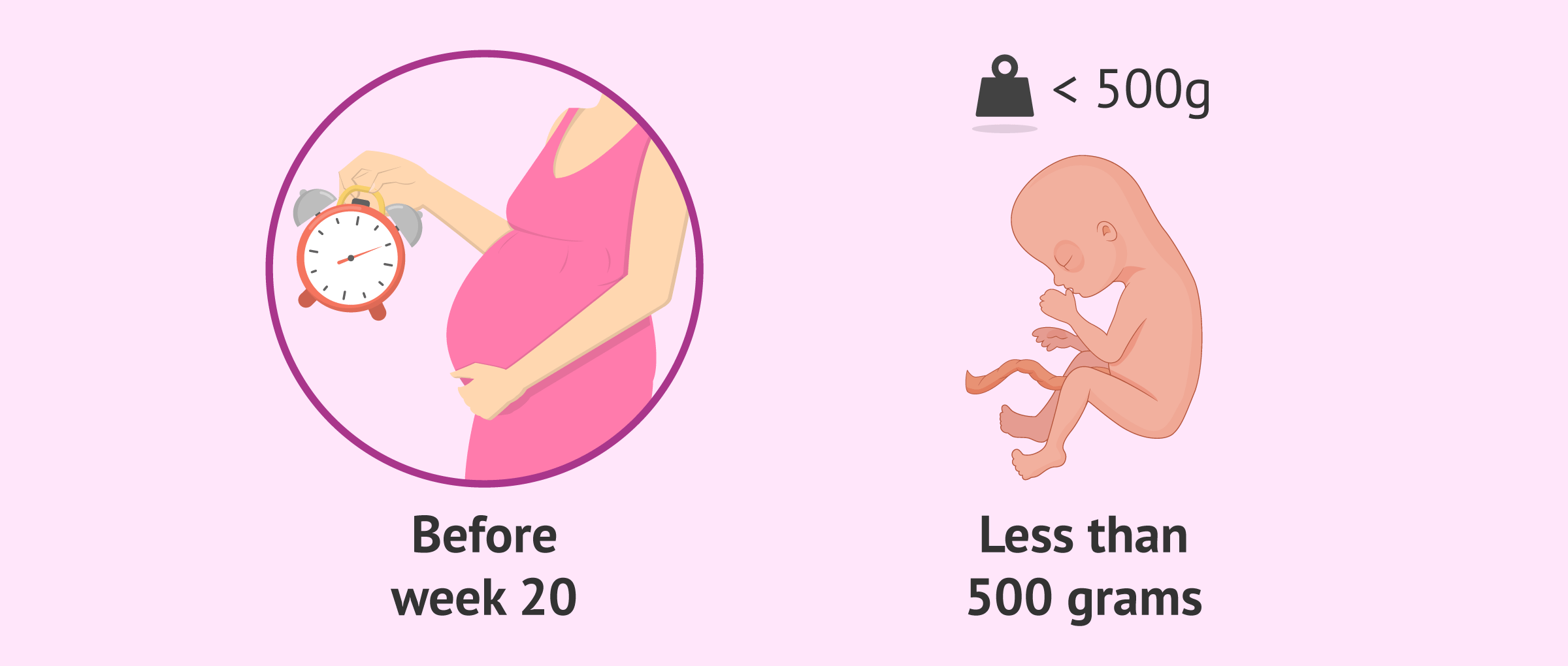

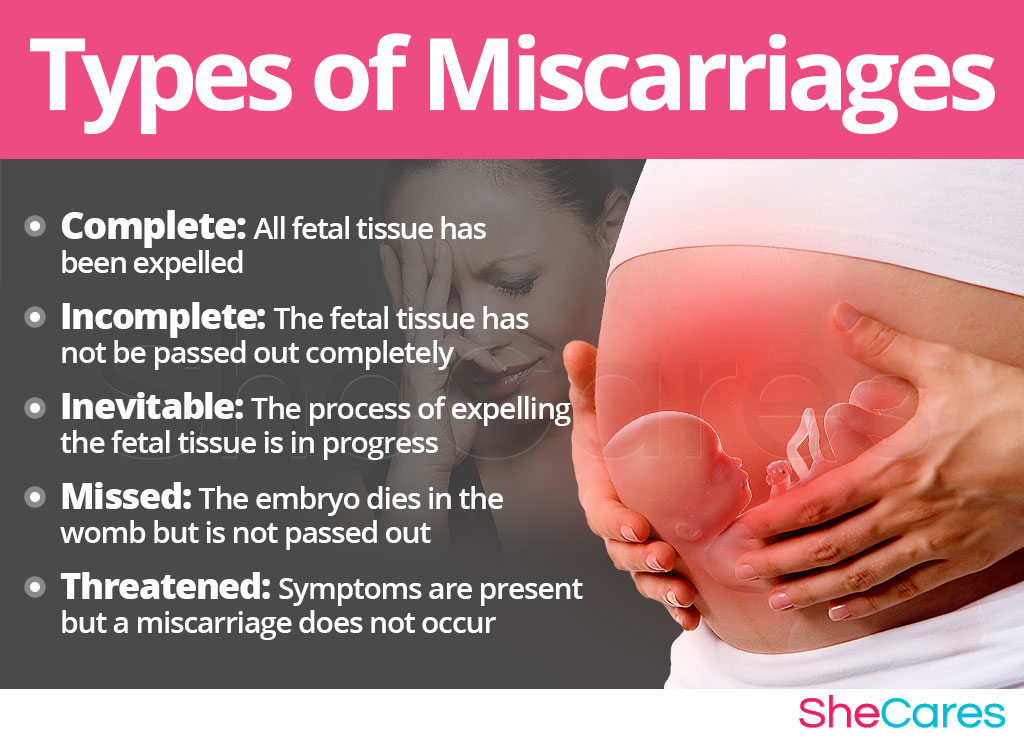
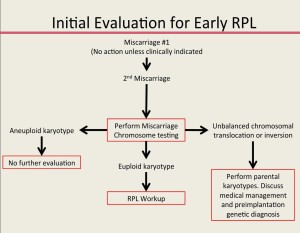


:max_bytes(150000):strip_icc()/Is-loss-of-pregnancy-symptoms-a-sign-of-miscarriage-2371242_final_nologocopy-02560e3da94144319f9bd5eff7670572.png)


